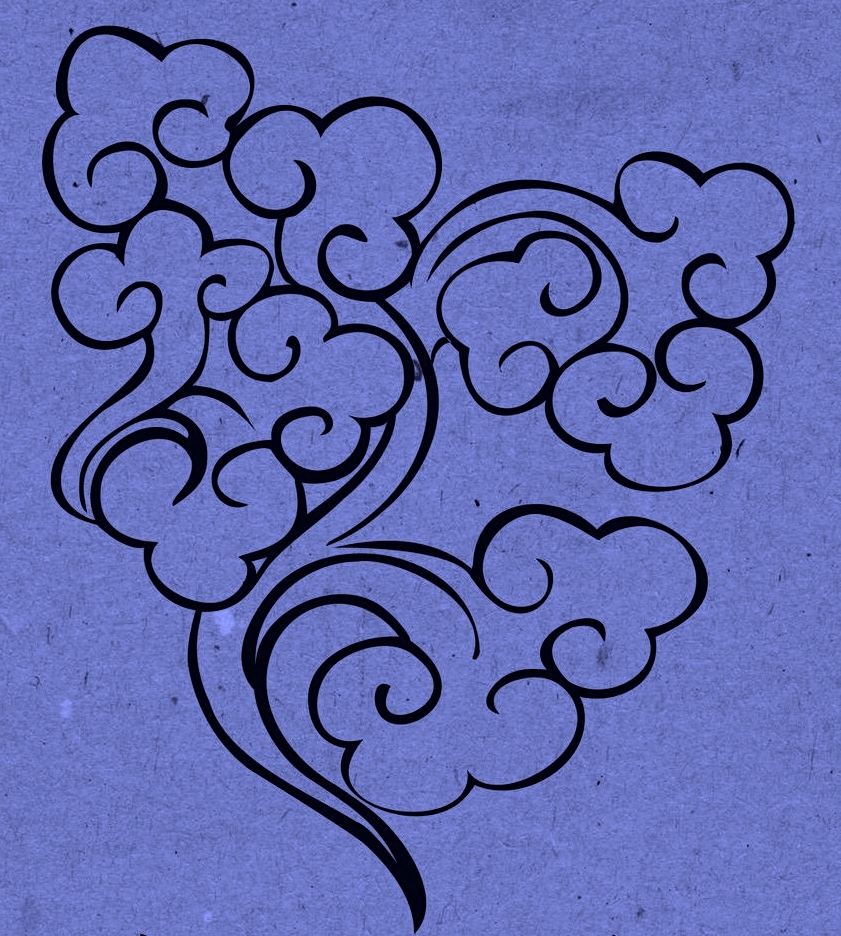More than 35,000 demonstrators poured into the harbourside city of Wellington, police said, shutting down busy streets as their spirited procession inched its way towards parliament. […] Children marched alongside adults bearing distinctive full-face Maori “moko” tattoos and clutching ceremonial wooden weapons.
Protests have been swelling throughout New Zealand after a minor party in the conservative coalition government drafted a bill to redefine the 1840 Treaty of Waitangi. Although the bill has almost no chance of passing, its mere introduction has triggered one of New Zealand’s largest protests in decades. Many critics – including some of New Zealand’s most respected lawyers – see it as an attempt to strip long-agreed rights from the country’s 900,000 strong Maori population.
At the centre of the outcry is government minister David Seymour, the outspoken leader of the libertarian ACT Party – a minor partner in the governing coalition. Seymour has long railed against affirmative action policies designed to help Maori, who remain far more likely to die early, live in poverty, or wind up in prison. His bill would look to wind back these so-called “special rights”.
Seen as the country’s founding document, the Treaty of Waitangi was signed in 1840 to bring peace between 540 Maori chiefs and colonising British forces. Its principles today underpin efforts to foster partnership between Indigenous and non-Indigenous New Zealanders and protect the interests of the Maori community.



Damn, 35,000 in full regalia would be a sight to see. I hate the reason, but would love to see it.
I attended this hīkoi (march). Only the people at the front were in traditional dress. Most other people were wearing clothes that they painted the Māori flag onto, or just in normal clothes. Was still very very cool to see, though